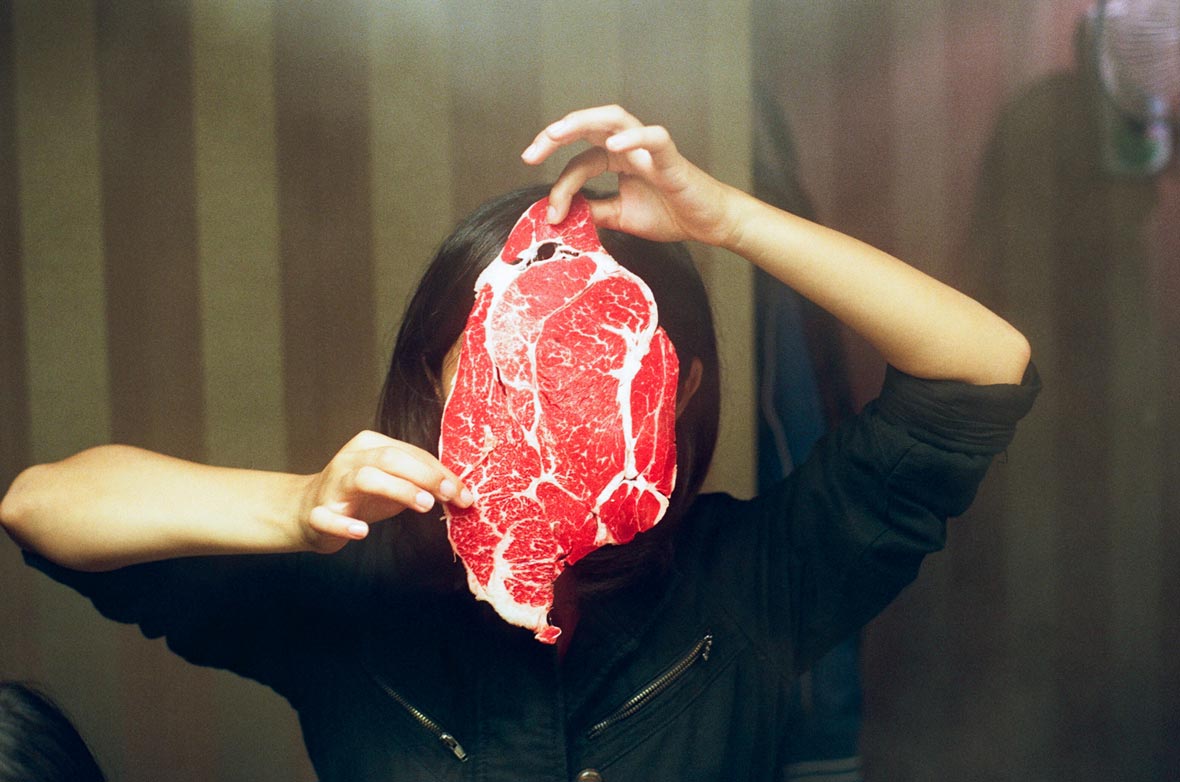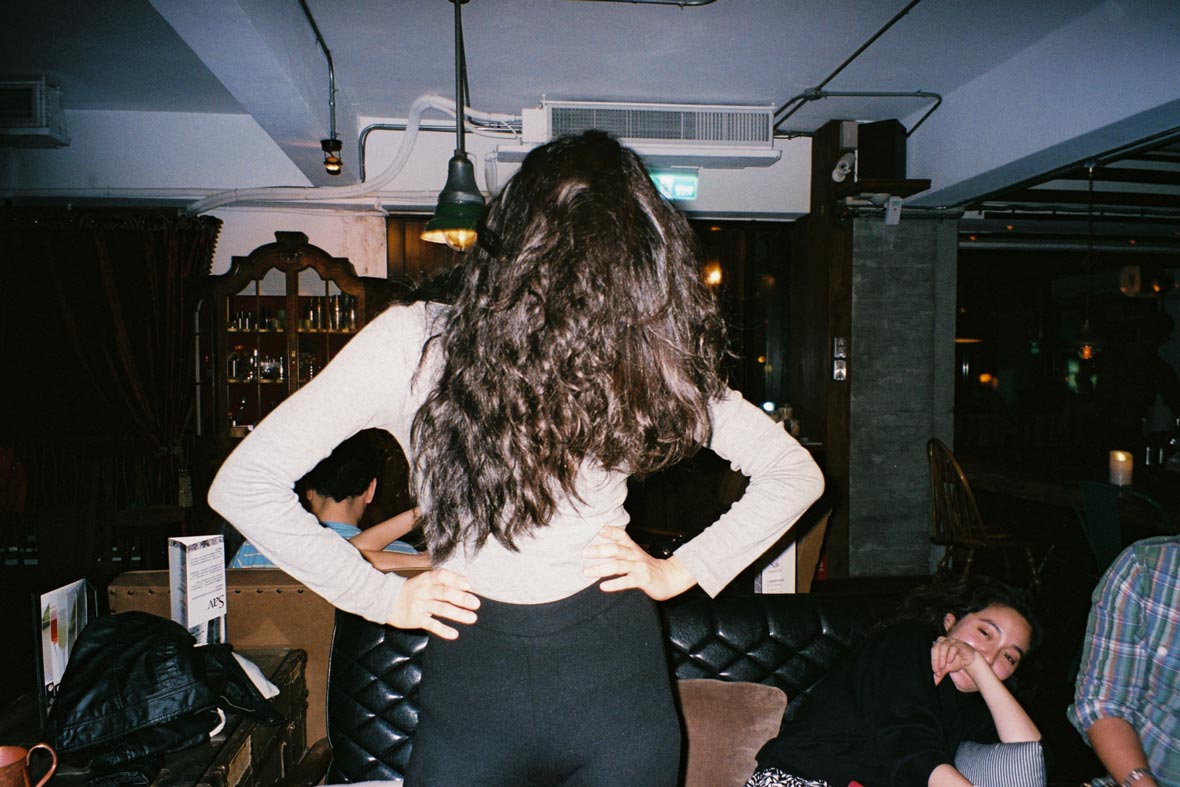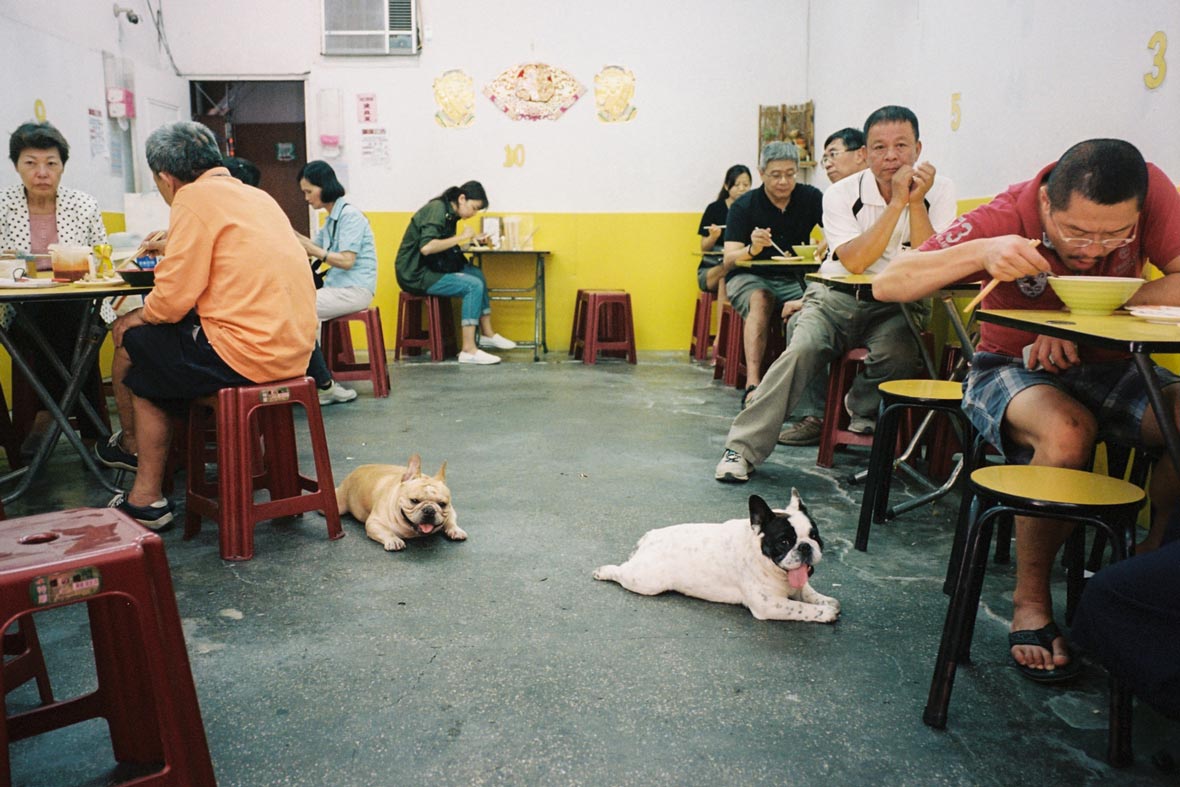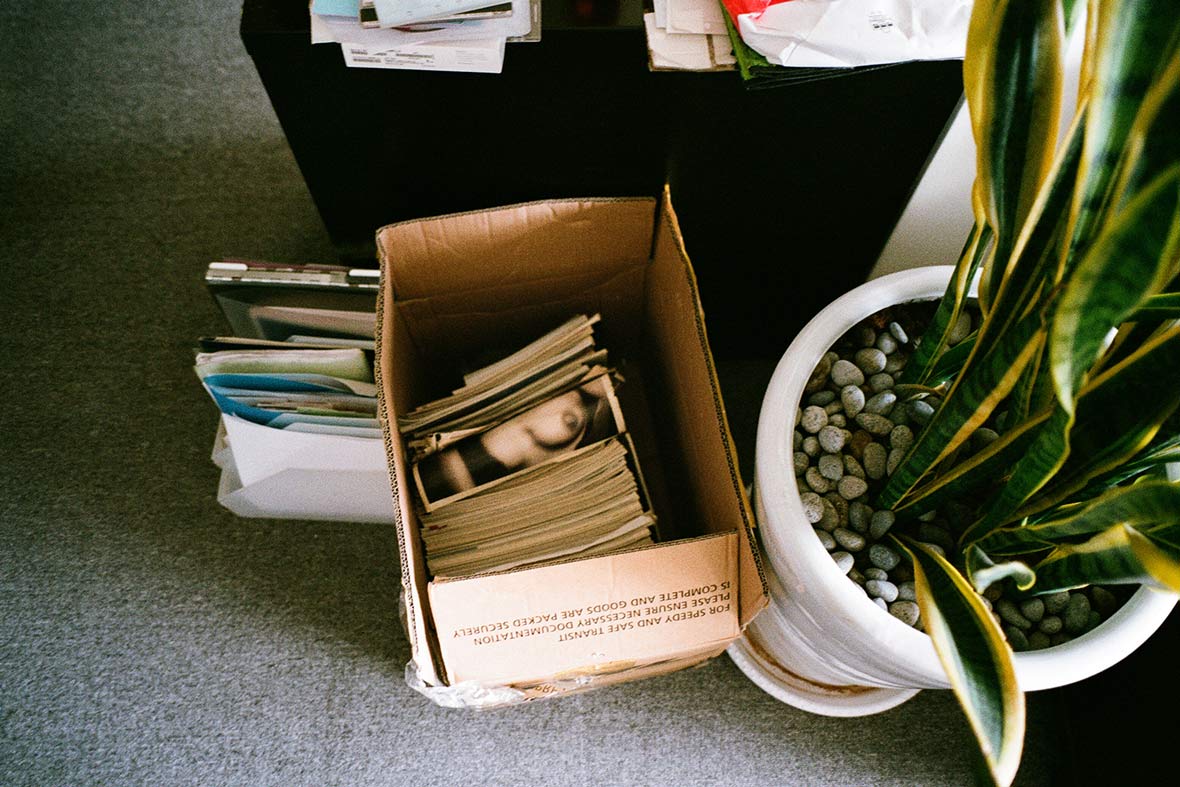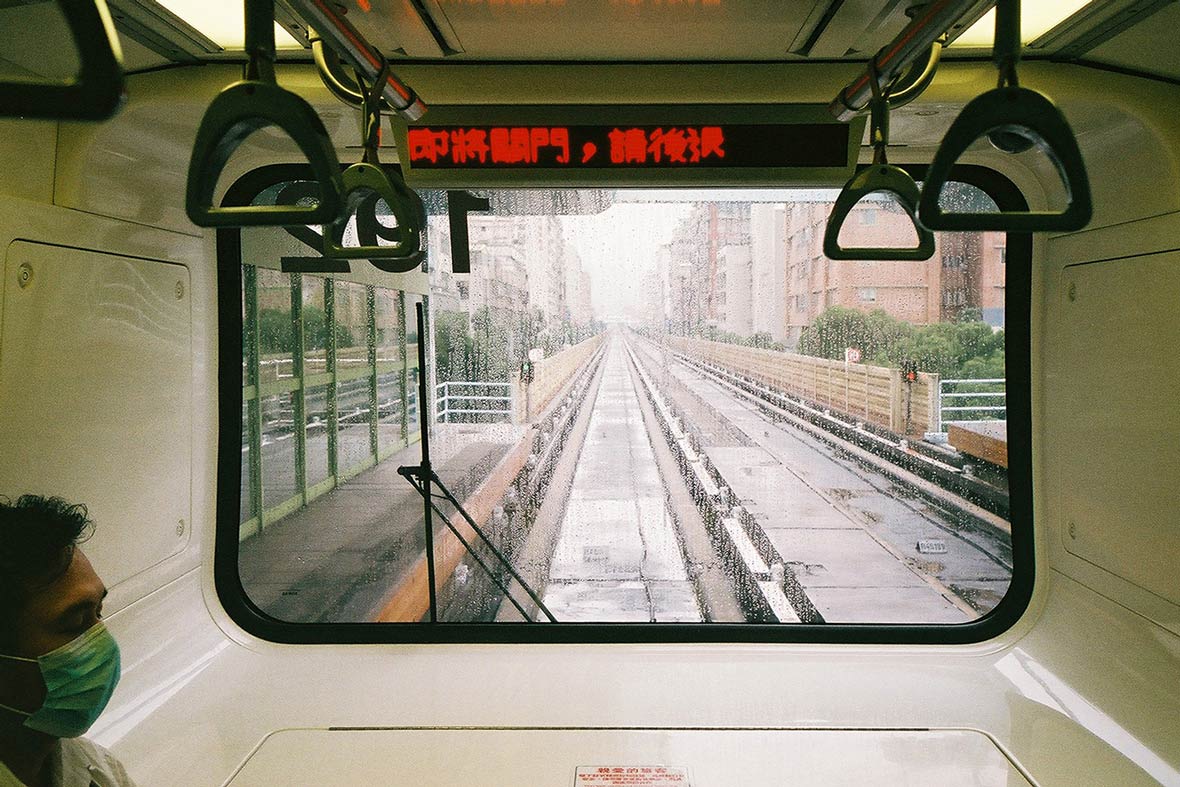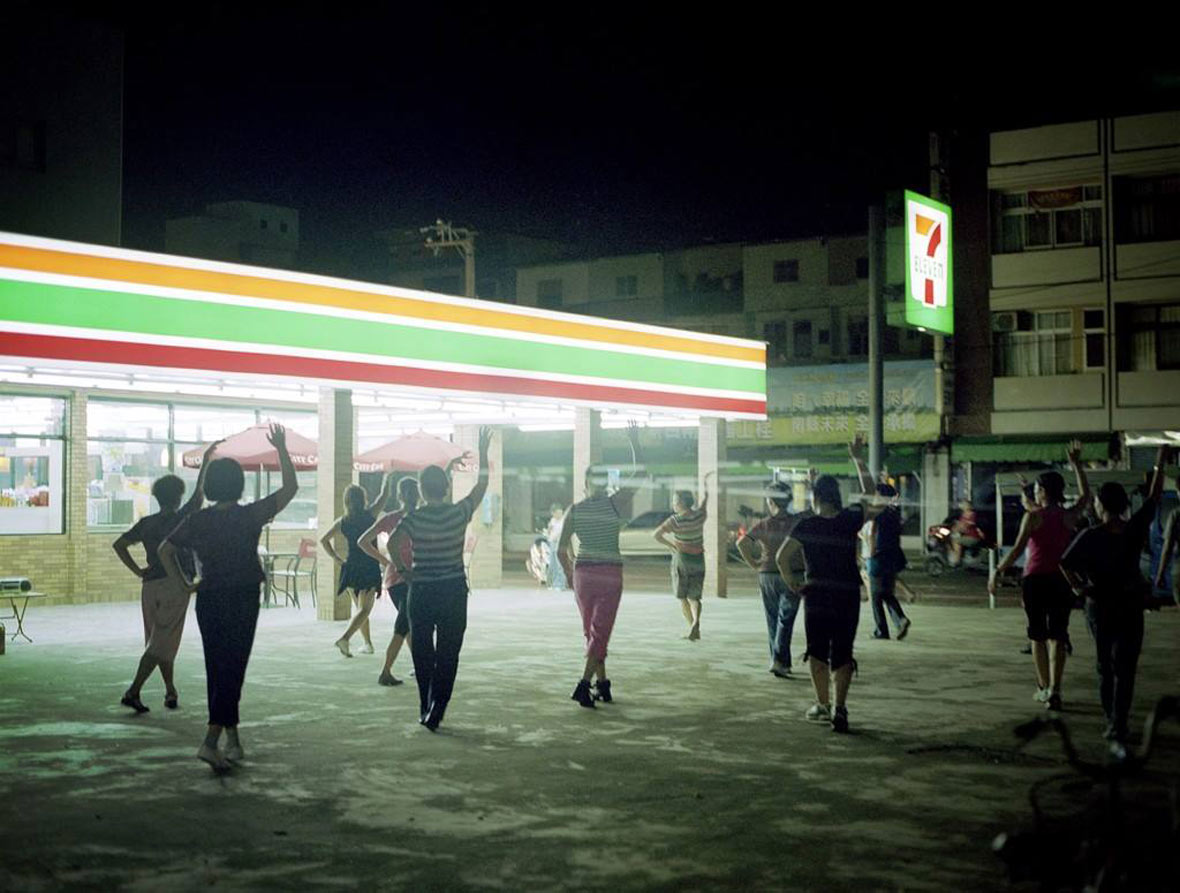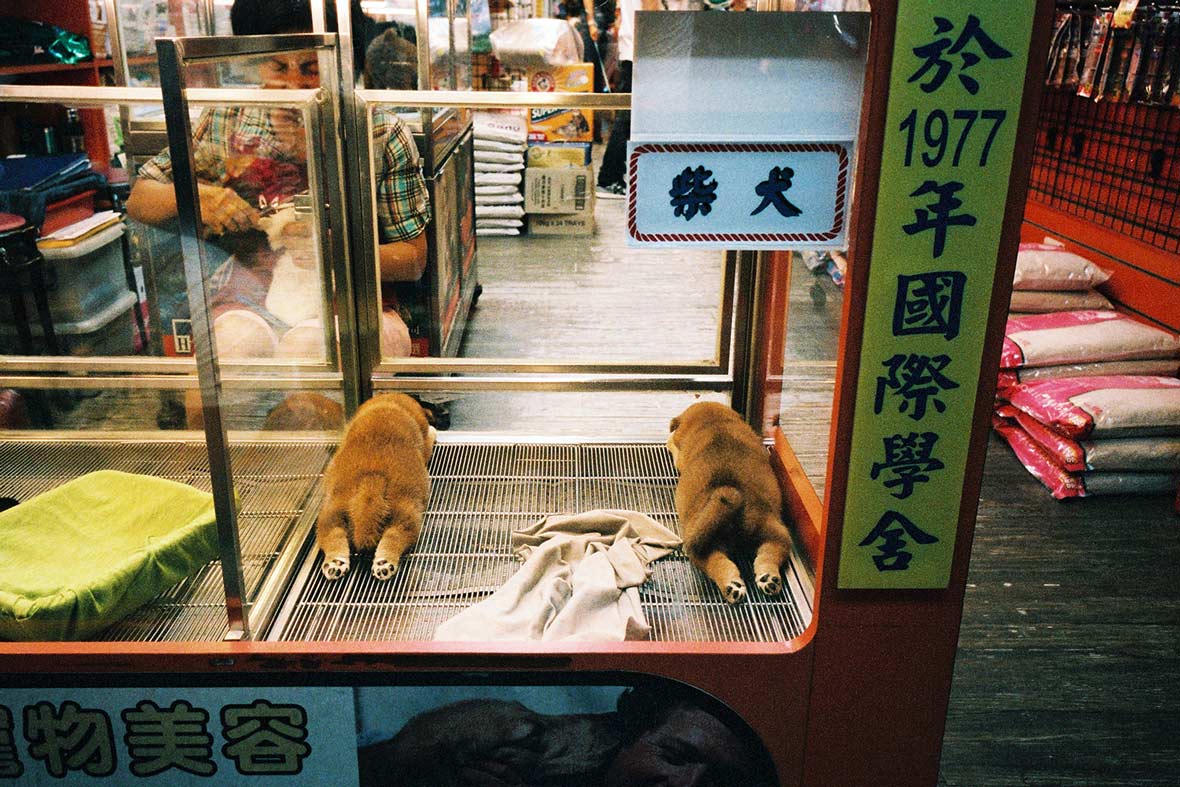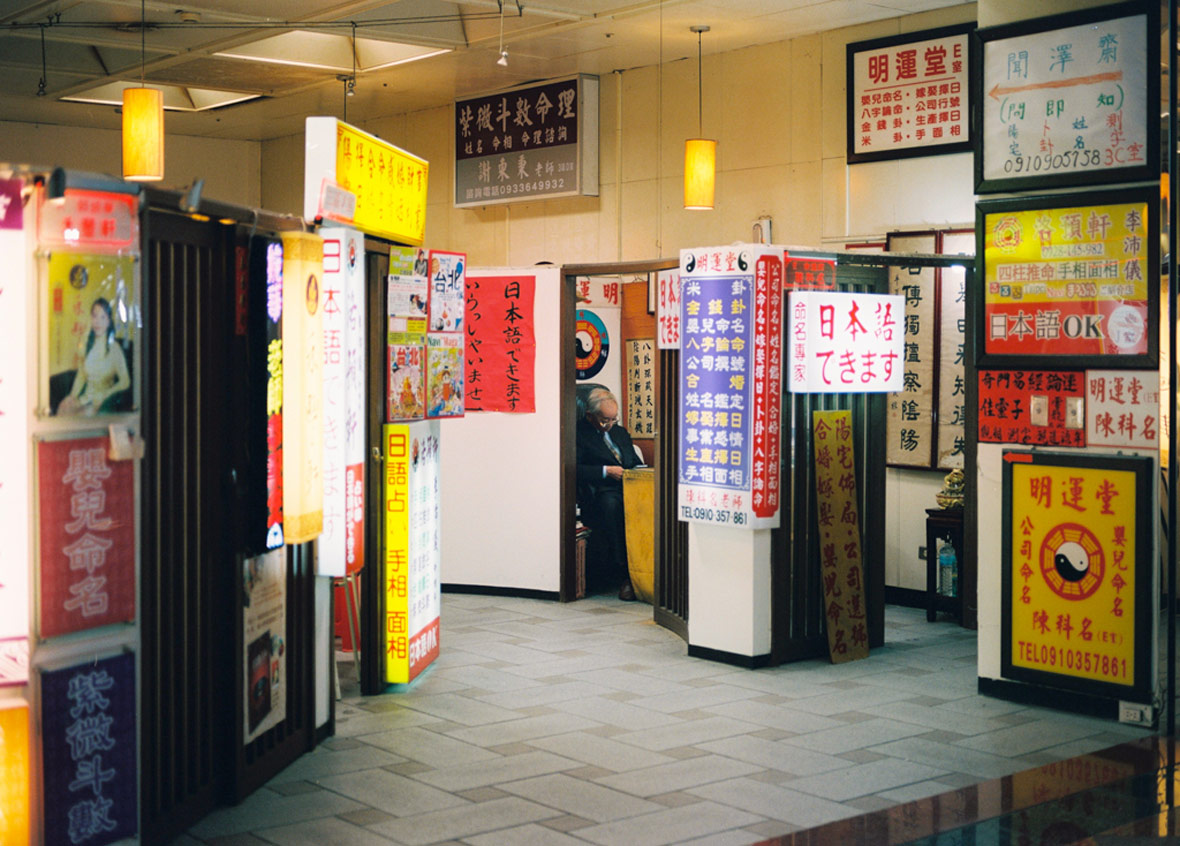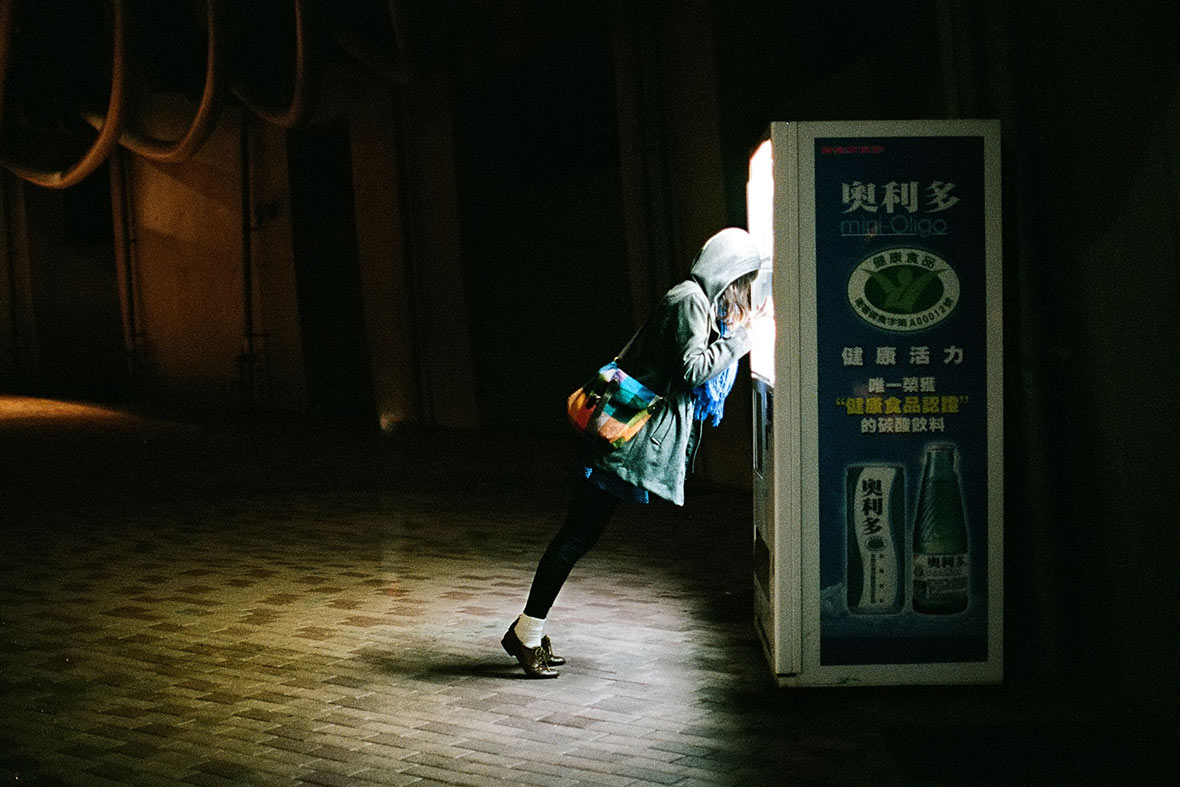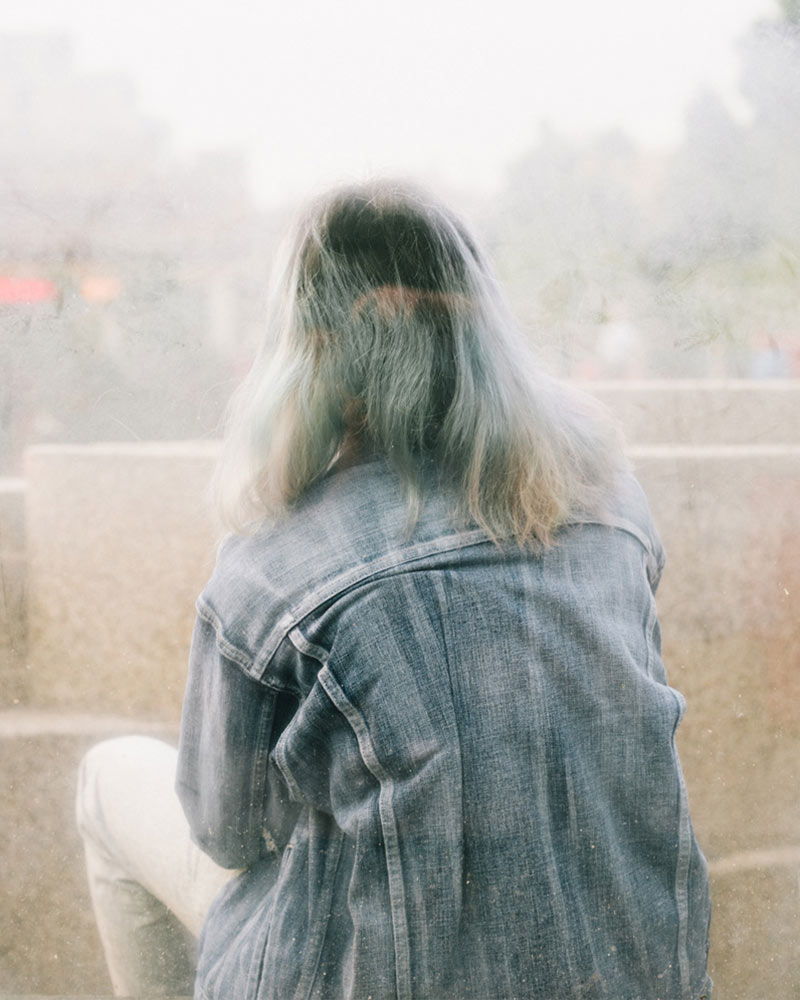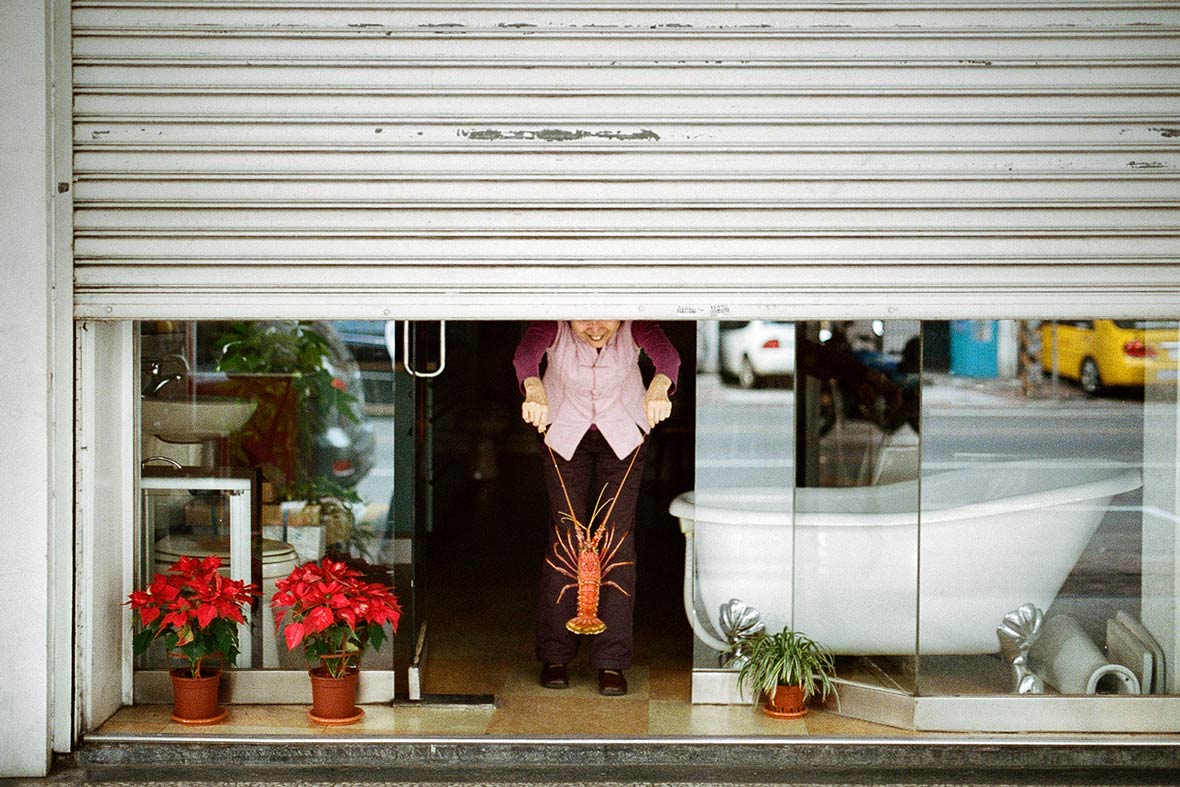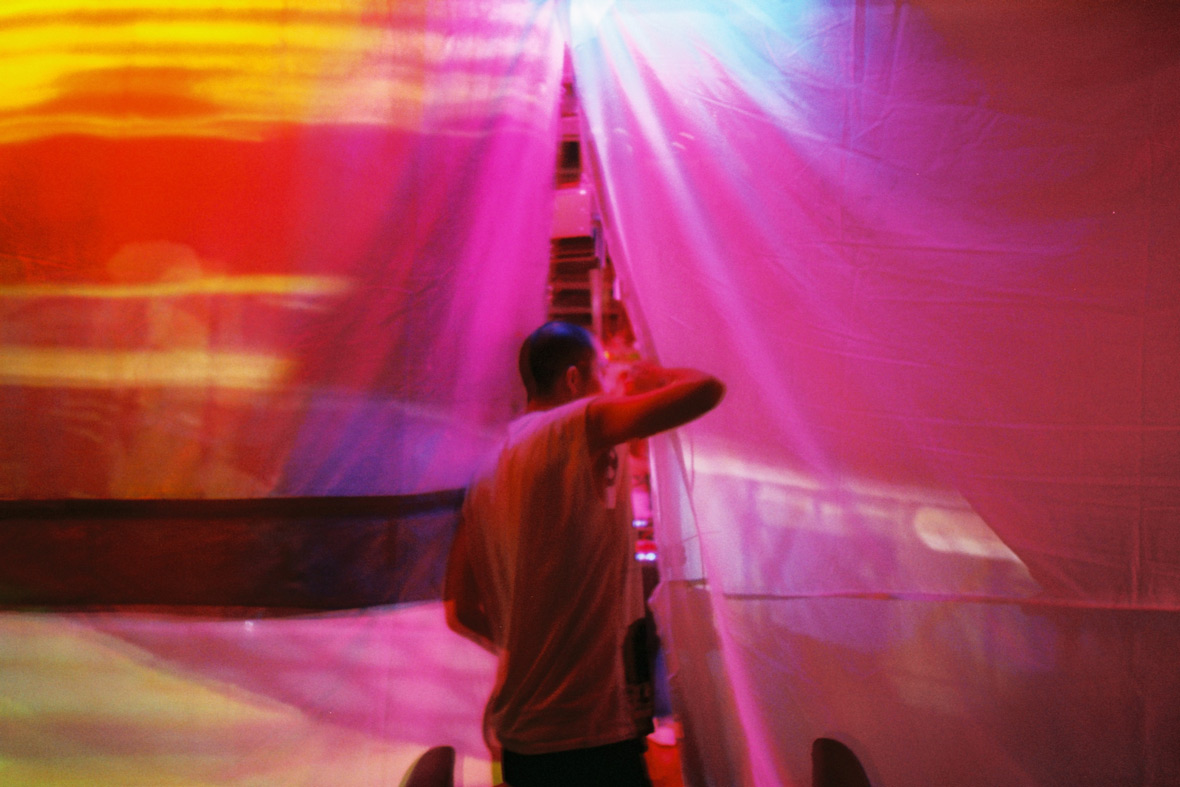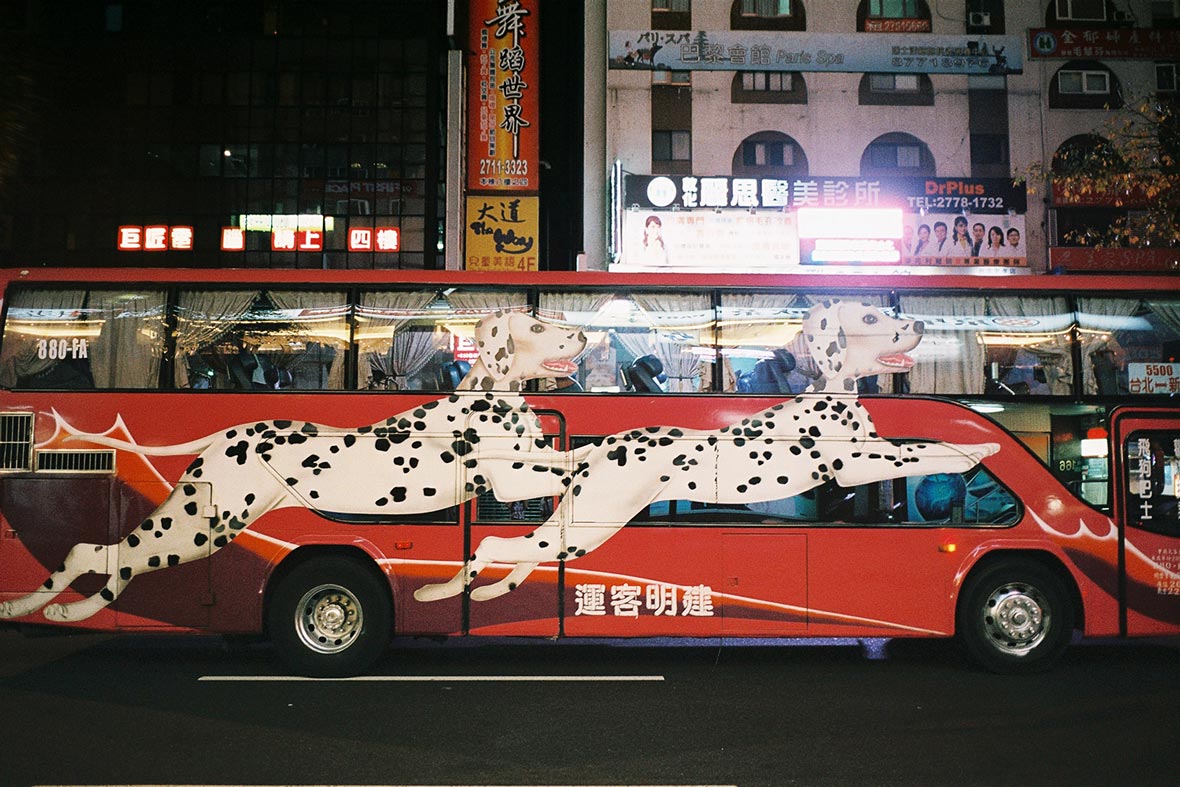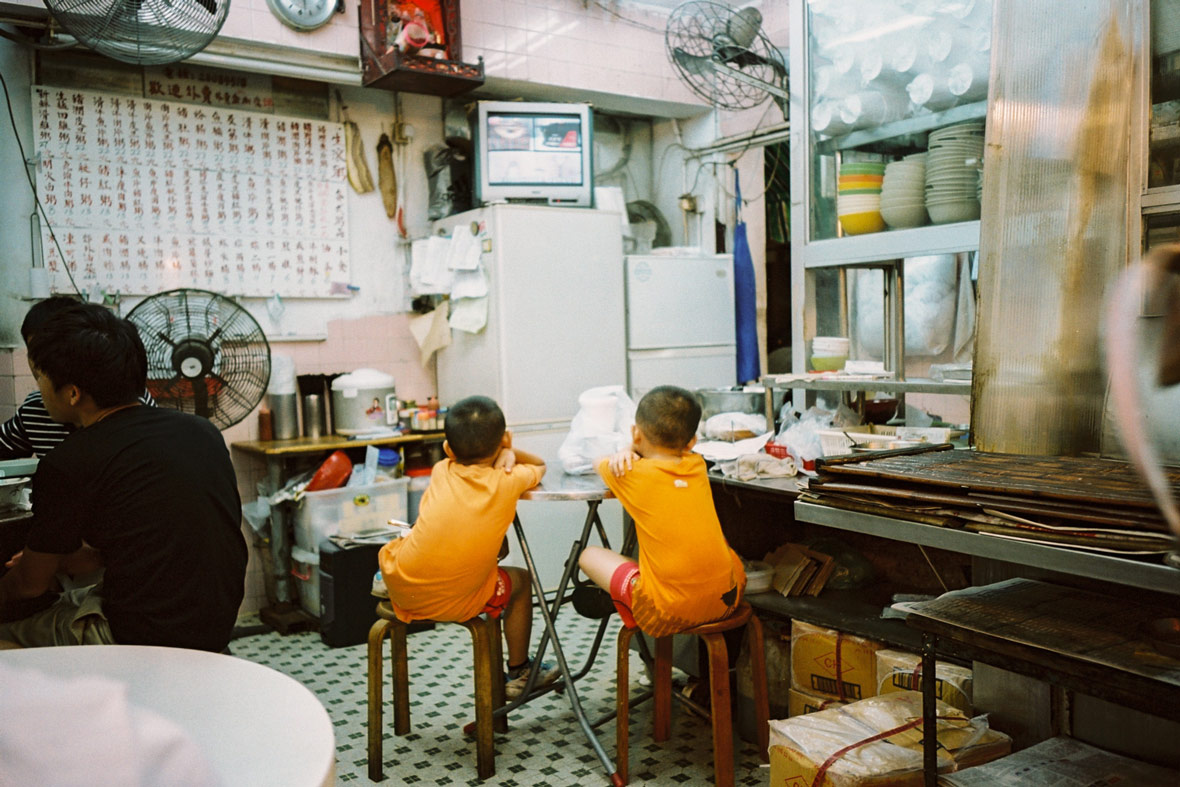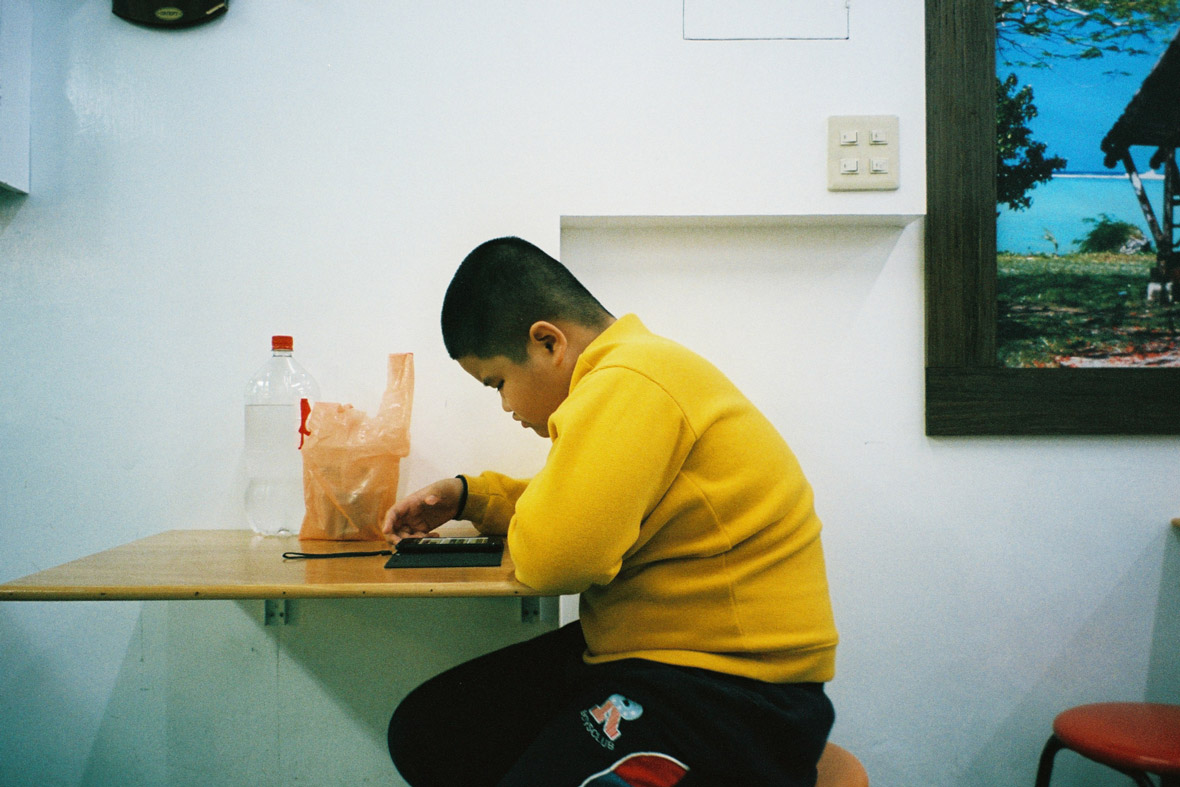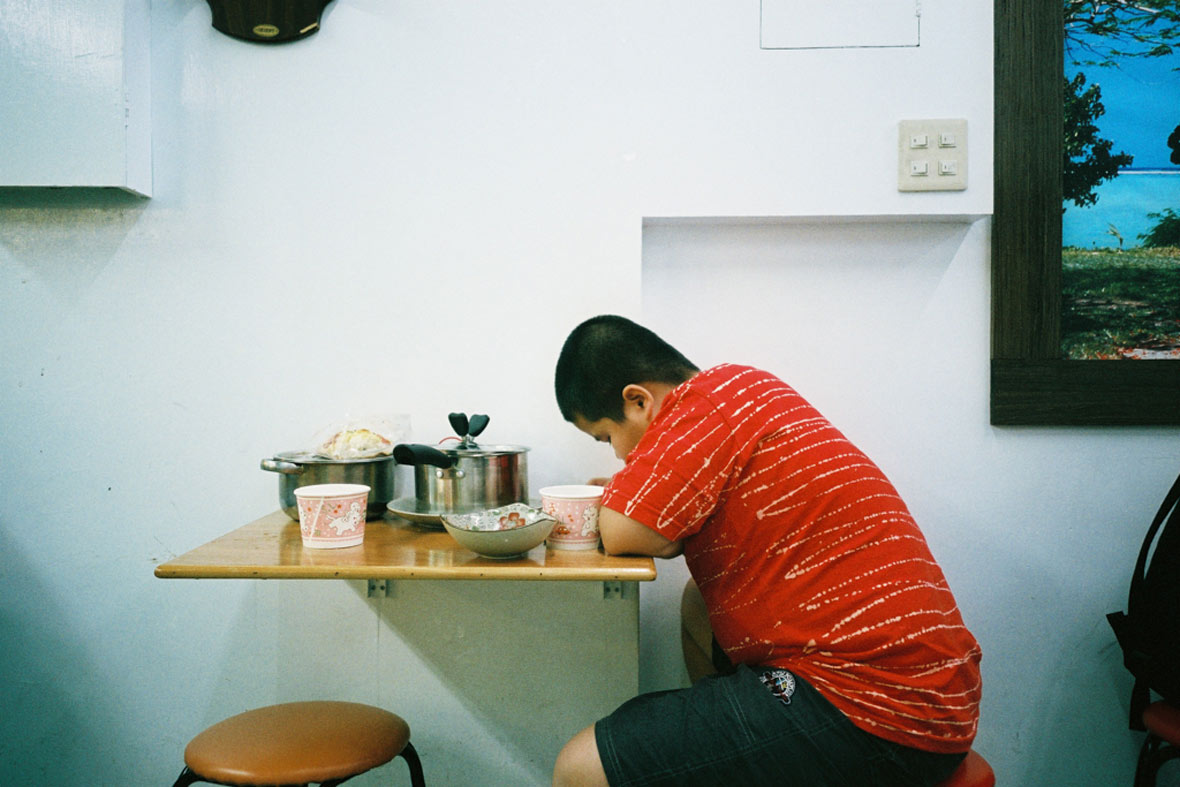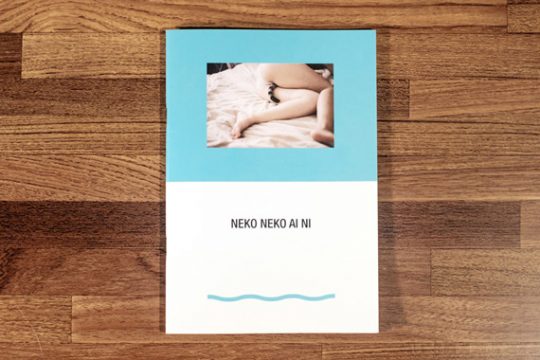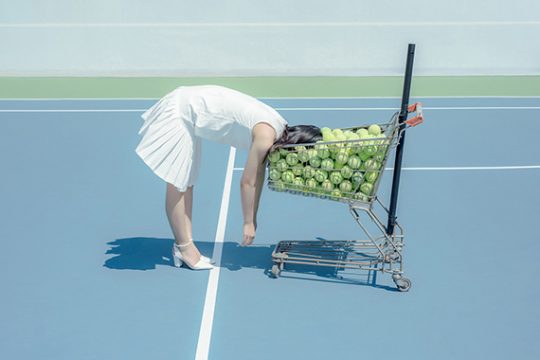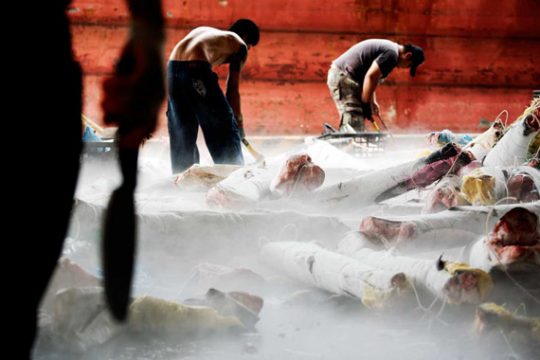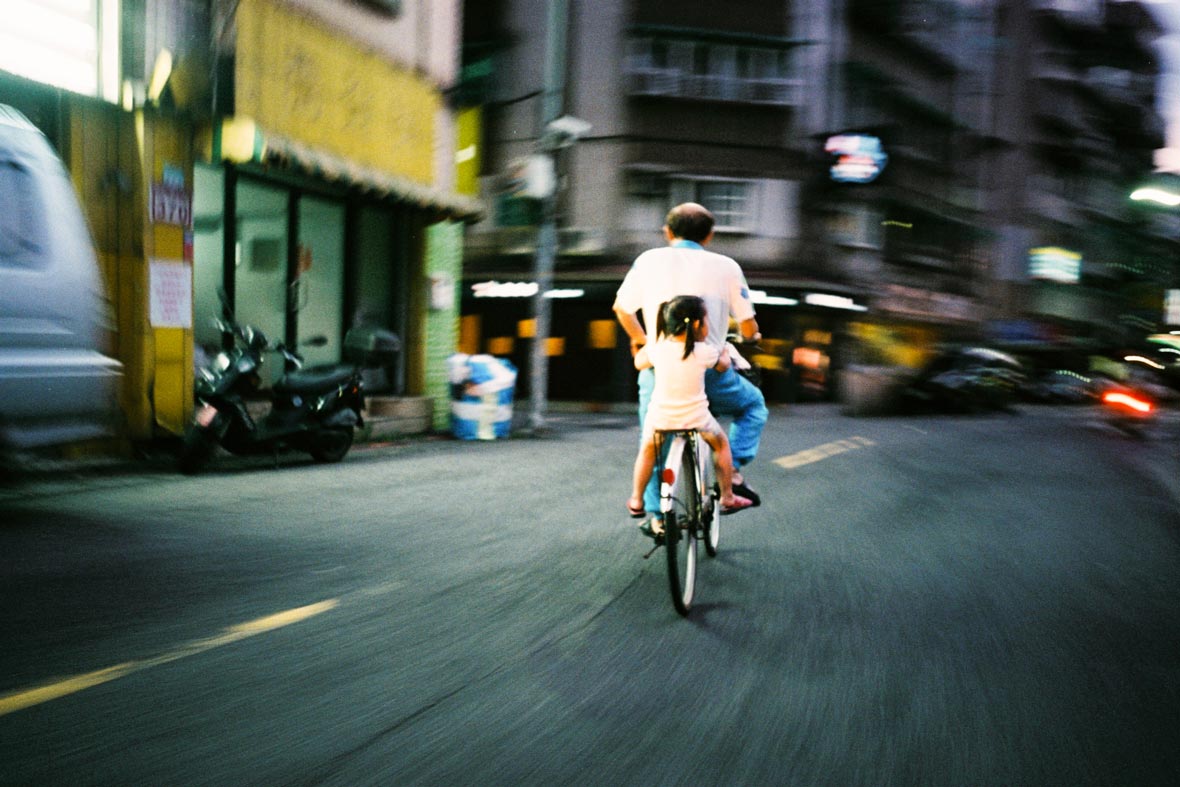
Back in 2011, photographer Sean Marc Lee officially moved to Taiwan from the US, setting up camp in the city of Taipei. Despite his family’s Asian roots, he grew up with a fully Westernized upbringing in California. Needless to say, Lee felt rather out of place upon first arriving. Having to readjust to a new region, where a completely different set of cultural values and social etiquettes are in place, naturally takes time. But Lee says that even today, he still hasn’t felt like he’s fully assimilated. “It certainly feels like home now because of where my life is at,” he comments. “Yet, I still feel very much a chameleon pretending to somewhat fit in because I look the part but I’m not.”
2011年, 摄影师李子仁正式从美国搬到台湾,定居台北。尽管他身上有着亚洲血统,但他第一次到达台湾时还是会感觉很陌生。其实这并不奇怪,毕竟他是在西方文化的熏陶下长大的。重新适应一个新的地方,适应一种完全不同的文化价值观和社交礼仪,自然需要时间,但子仁说,即使到了今天,他也不觉得自己完全融入了这个社会。他说:“当然,现在这里感觉就像我的家,因为我的生活就在这里,但我仍然觉得自己只是表面上看上去融入了这个社会,实质上并没有,就像一只变色龙一样,假装着混入了这个社会。”
Perhaps, subconsciously, this notion of identity is offered an outlet in his photo series What Time Is It There? (A title inspired by both his friends back in the US – who often began every conversation with this question after he moved – and the same-titled movie from Chinese Malaysian director Tsai Ming-liang). The ongoing series documents Lee’s observations of strange and quirky moments in the streets of Taiwan, and one of the reoccurring elements in the series is the often obscuring of faces. When considering his impressive portfolio, which is chock-full of strong portrait work, it might be strange to see this different approach on this personal project. “I think faces can distract the viewer from the formal elements of the situation and ‘story’ sometimes,” Lee says, explaining this approach. “For instance, a pretty girl will draw most of the attention to the girl itself, and then, the subject makes the photo, rather than all the surrounding elements of it. When you keep people anonymous, the viewer can use their imagination a bit and concoct their own story in all its mysteries.” He describes his decision to omit faces as creating “blank moments,” which is meant to instill a cinematic quality in his work, helping to establish mood and context in his visual narrative.
也许,在他的摄影作品系列《What Time Is It There?》中,他潜意识里也是为自己的这种身份认同寻找发泄的出口。《What Time Is It There?》的名字起因,不单是自从他搬到台湾后,每次和美国的朋友们聊天时的第一句话,还因为受到台湾导演蔡明亮的电影《你那边几点》的启发。在这个还在进行中的摄影系列里,子仁用镜头捕捉住自己在台湾街头上观察到的各种奇怪和独特的时刻。整个系列中有一个明显的特点:不露出被拍摄者的脸。考虑到他平常拍摄的那些大量令人印象深刻的人像作品,这个个人摄影项目的风格就显得尤其特别了。他解释道:”我认为,面孔会分散观众的注意力,让他们忽略照片中的重要元素,当下的场景和其中的‘故事’。例如,一个漂亮的女孩会吸引掉大部分的关注,那么,这张照片的主角就成了这个女孩,而不是周围所有的元素。当你隐藏掉人们的脸时,观众可以利用他们的想象力,编造自己的故事。”他指出,决定省略掉面孔是为了创造出 “空白的片刻”,让照片增加一点电影风格,营造特定的氛围和背景,加强作品的视觉叙事。
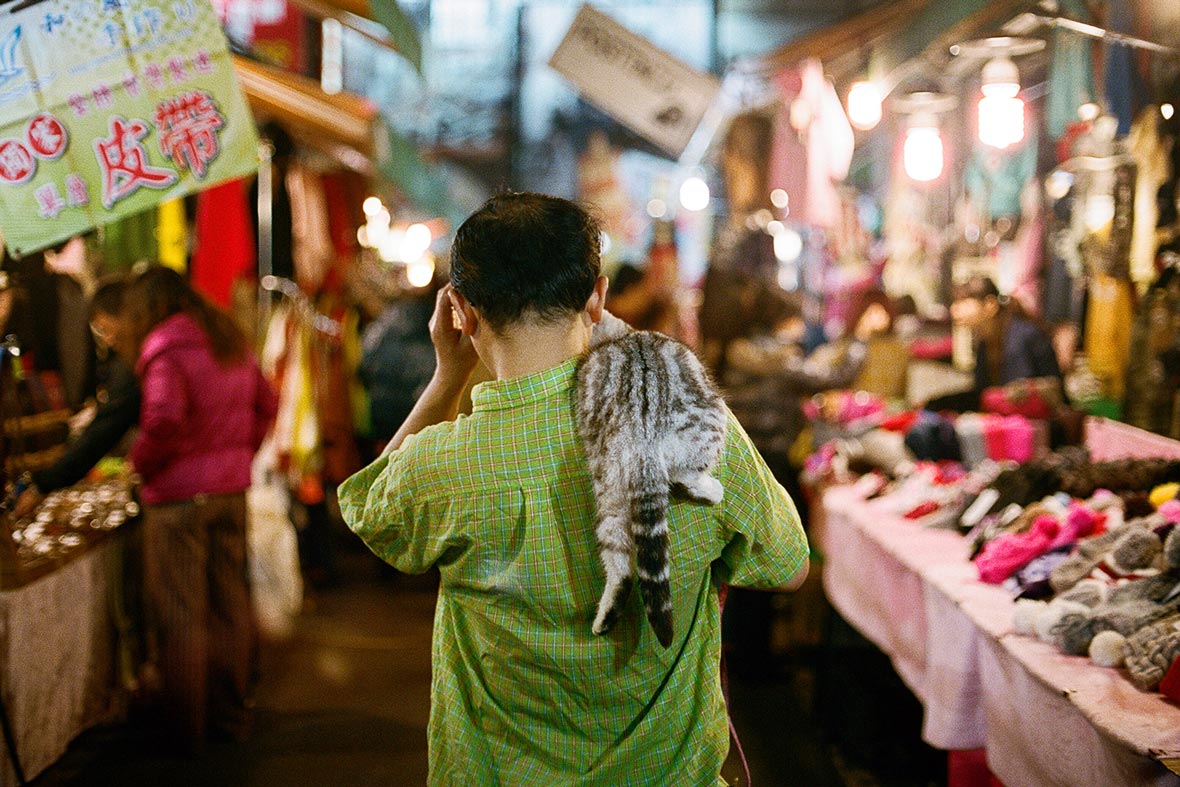
Like his daddy_lee photo series, humor is a prevalent part of What Time Is It There? It’s not surprising when taking into account Lee’s own jovial and easygoing personality; he’s hardly the type to take himself too seriously. Inquiring about the repeated appearances of duality in the series – which come in a variety of forms, such as two painted dalmatians on the side of a bus, two kids in matching outfits glued to a television screen, or a pair of riders on a moped with matching helmets – Lee chuckles, saying, “This might be a boring response, but it’s just a visual motif I started noticing and I went from there. Most of the time, I’m not conscious of it. When I was pulling the series together, I just built upon this theme here and there. Perhaps I can respond with something like, ‘Oh, the concept of duality comes from me feeling like I have a home in Taiwan and in the US.’ But alas, nope!”
一如他的《daddy_lee》写真系列, 《What Time Is It There?》中也充满了幽默的风格,考虑到子仁自己的性格本来就很开朗随和,所以这也并不令人惊讶。他不是那种对待生活特别严肃的人。在这个系列中,多次出现了各种形式出现的二元性元素,譬如巴士外层上印着的两只斑点狗,两个穿着相同衣服的小孩专注地盯着电视机,或是摩托车上带着相同头盔的两个人。子仁笑了笑,解释道:“这可能只是一种无聊的反应,但它只是我注意到的一种视觉主题,引发我想要拍摄创作的元素。但大多数时候, 我自己甚至都没有意识到这一点。我在创作这个系列的过程中,会不断加强这个或那个主题。当然,我也可以这样回答 ‘哦,二元性的概念源自于我自己在台湾和美国有两个家的经历。’但事实并不是这样。”
For many photographers, staying in one place for an extended period of time can lead to creative slumps and a loss of motivation. Even though Lee has lived in Taipei for over six years now, he’s still able to self-motivate and find interesting moments in the familiarity of day-to-day life. This is a talent that’s lost on many young photographers today, especially many of the newcomers who are only after mass-appeal imagery that can quickly rake up thousands of likes on social media. “I definitely shot more in the earlier years because everything was fresh and new, but I still get genuinely excited when I stumble upon moments that I feel are worth catching,” he shares. “When it comes to portraits of people, the highlight is finding that connection between me and the person I am shooting, to make it feel less like work and more like hanging out and getting to know each other. With personal projects, it’s a bit different mentality, and I think I’ve mentioned this in previous interviews, but it just comes down to love. Whether it’s my father, my girlfriend Carina, or my cats, it just comes down to my personal relationships with them and that’s what motivates me.” Scroll down to see more of Taiwan through the lens of Sean Marc Lee.
对于许多摄影师来说,长期呆在一个地方会丧失创意和创作动力。虽然子仁在台北已经住了六年多了, 但他仍然充满创作灵感,在日常生活的熟悉场景中发现有趣的时刻。这种能力是如今许多年轻摄影师所缺乏的,尤其是那些新摄影师,他们之所以拍照,只不过是想拍摄出吸引主流观众的作品,那些能够在社交媒体上获得成千上万个点赞的照片。他说: “我在前几年肯定拍得更多,因为当时一切对于我来说都是新鲜的,但是,现在当我偶然发现一些值得拍摄的时刻时,我还是会感到由衷的兴奋。至于拍摄人像,最重要的就是发现我和拍摄对象之间的联系,让拍摄过程不那么像是在工作,而是更像是两个人在闲逛和互相了解。至于个人项目,我会用不同的心态来创作,我在上面也提到过了,但说到底就是爱。无论是我的父亲、我的女朋友Carina、或者是我的猫,归根到底就是我与他们之间的关系,这是激发我创作的动力。”下面一起随李子仁的镜头逛游台湾的街头吧。
